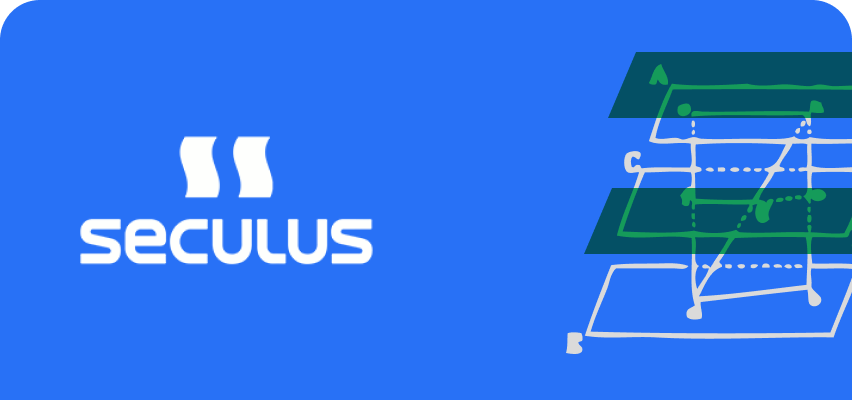How it works
Build, deploy & scale AI with confidence.
Ask your question
Predict categories or quantities, forecast into the future, find outliers, find segments.
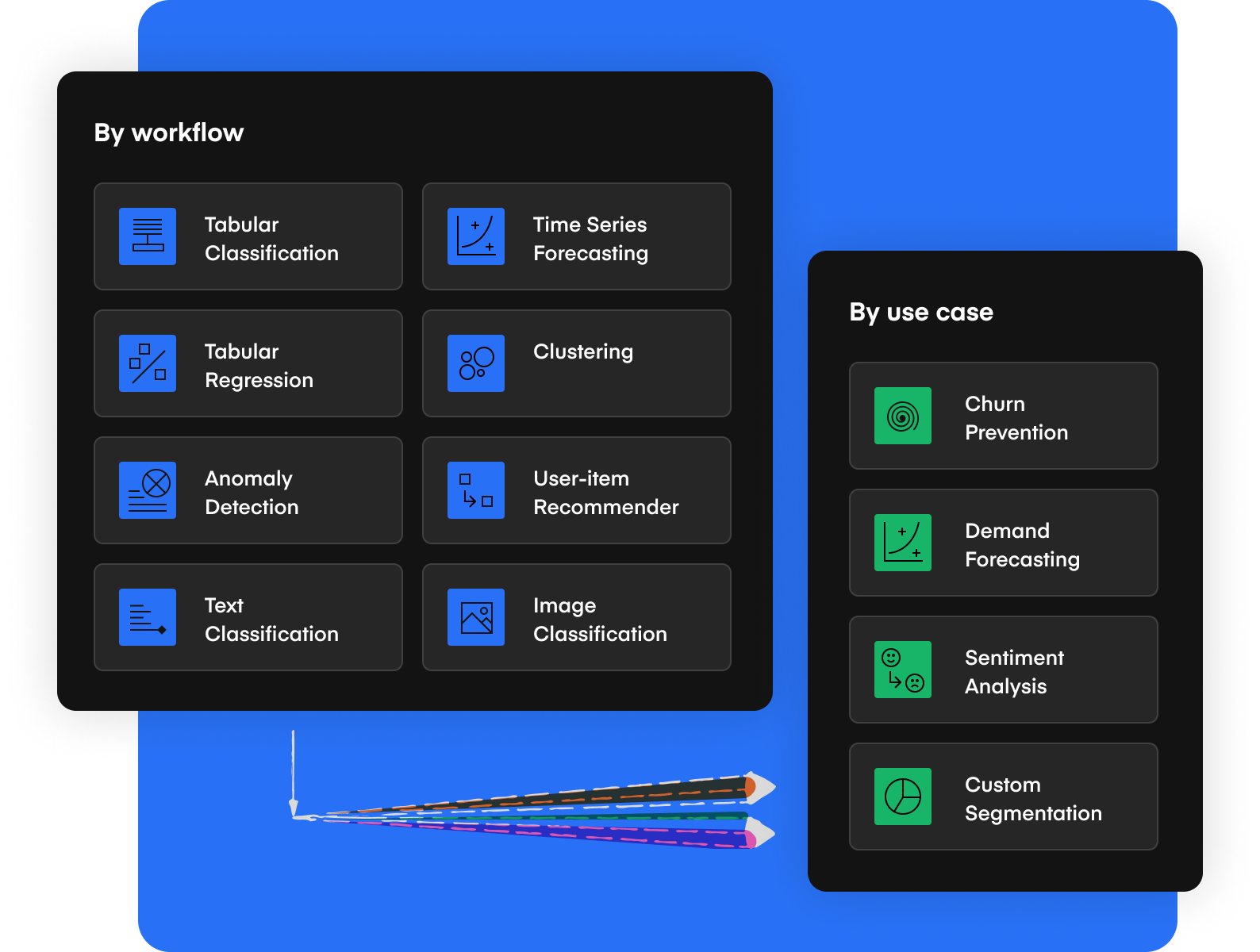

Shape
your data
Use the information you work with every day: numbers, categories, dates, text, and images
Use the formats you’re used to working with: spreadsheets, text, images, databases, and data in the cloud
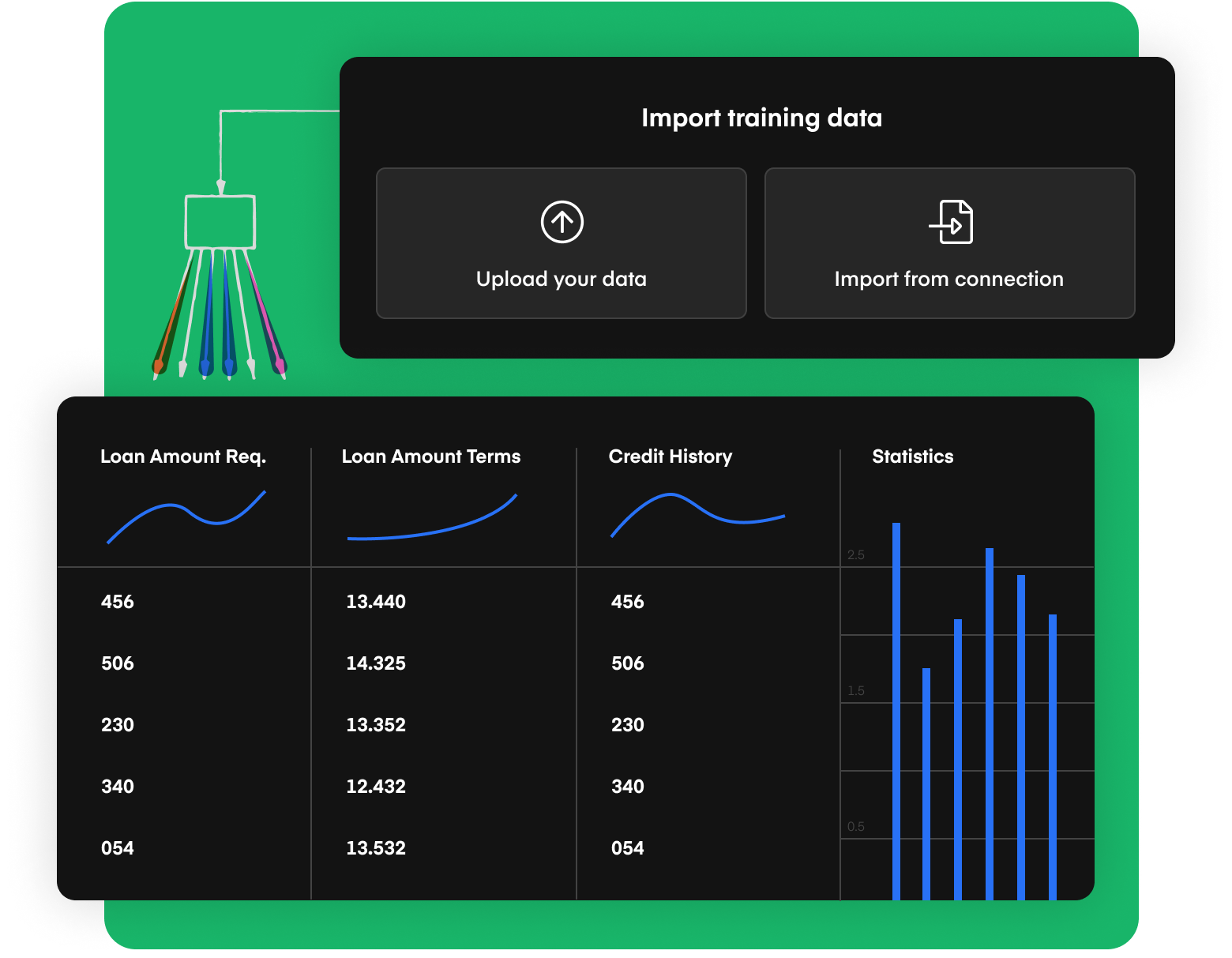

Build
your model
Kepler tries a variety of machine learning algorithms and configurations for performance and quality
Kepler trains multiple in parallel to save you time
The result is a custom model that’s specific to your question and your data
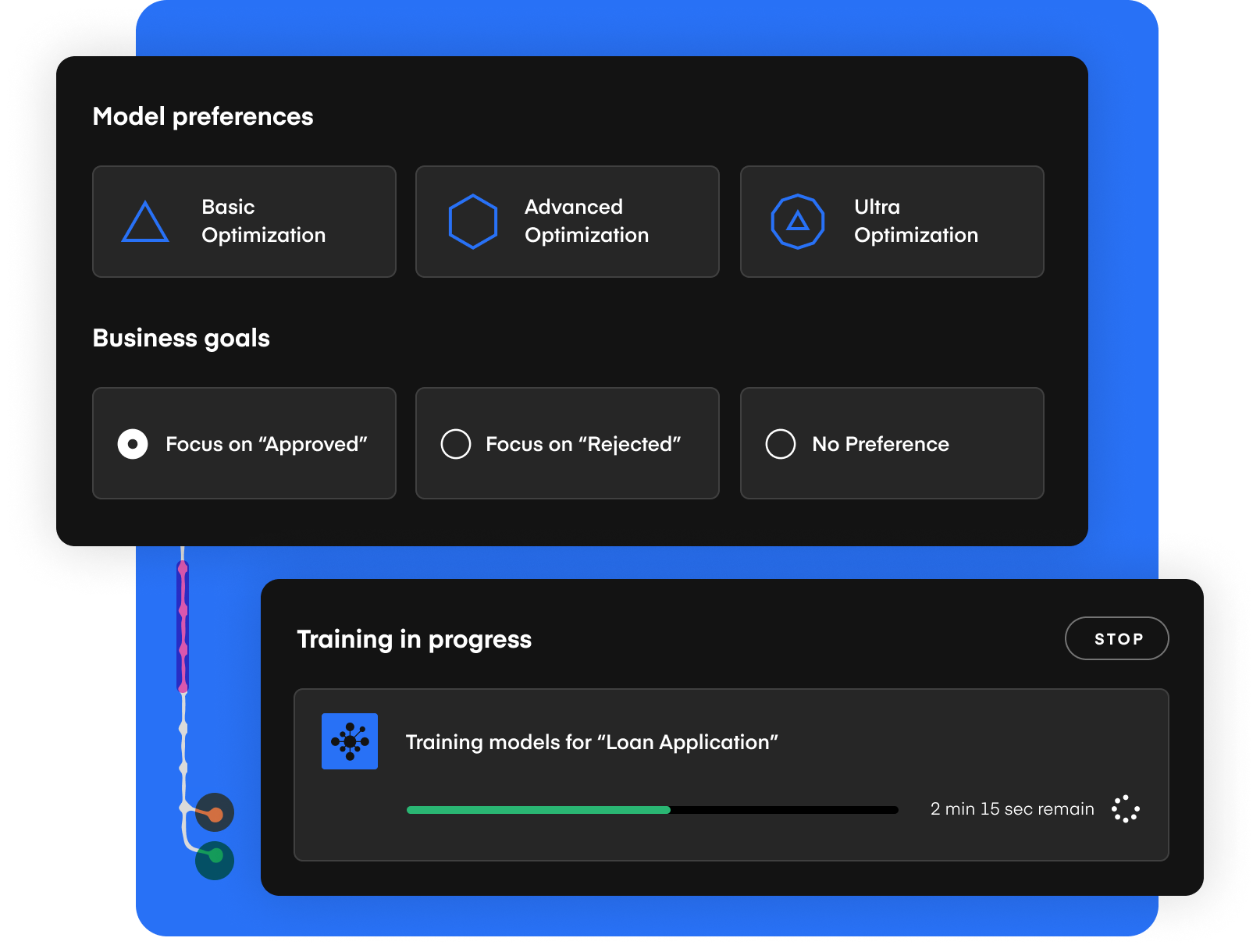

Put it
to work
Capture and share AI insights and predictions in a single click. Integrate AI models with your reporting environment, custom apps or other enterprise systems.
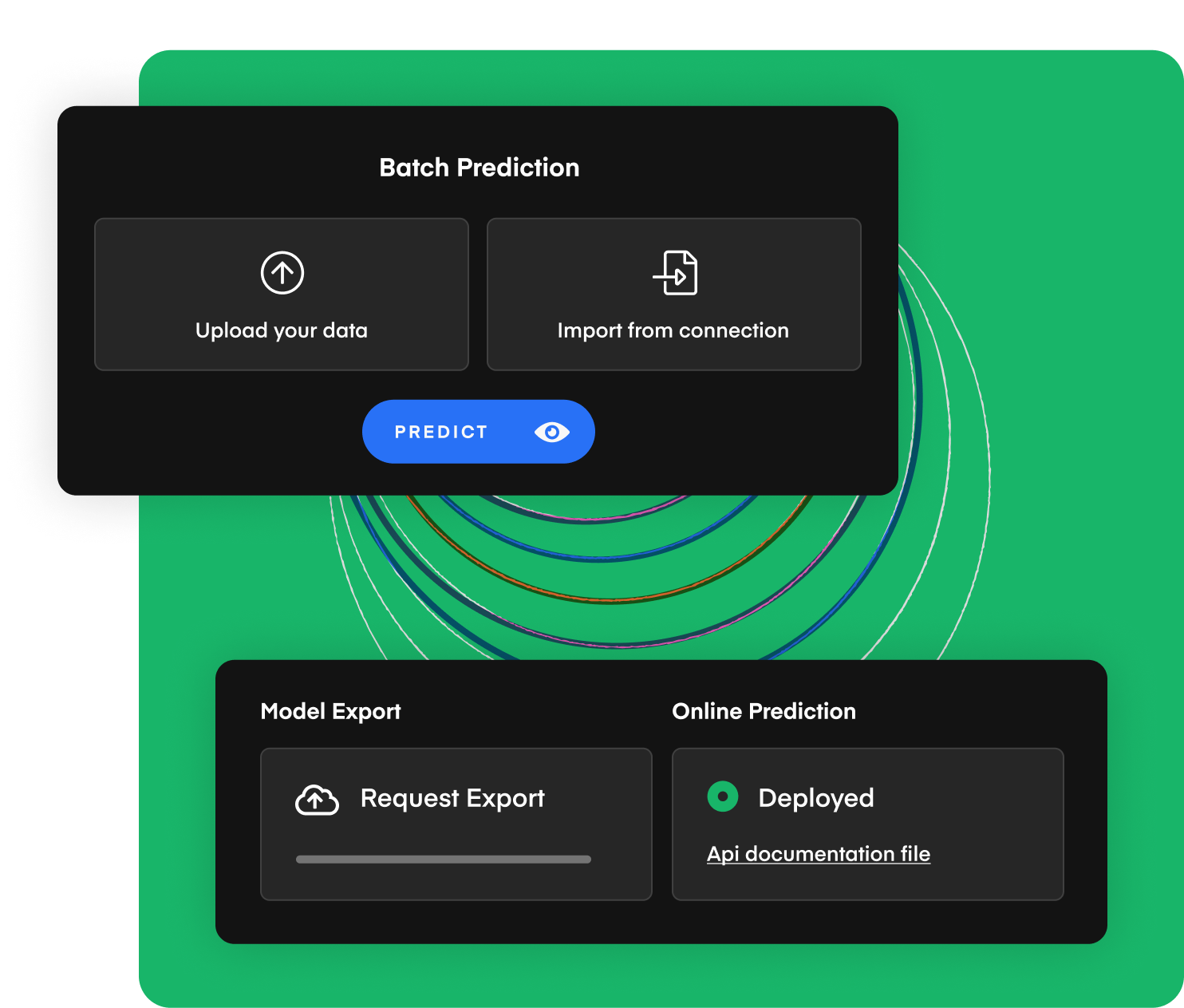

Scale
& grow
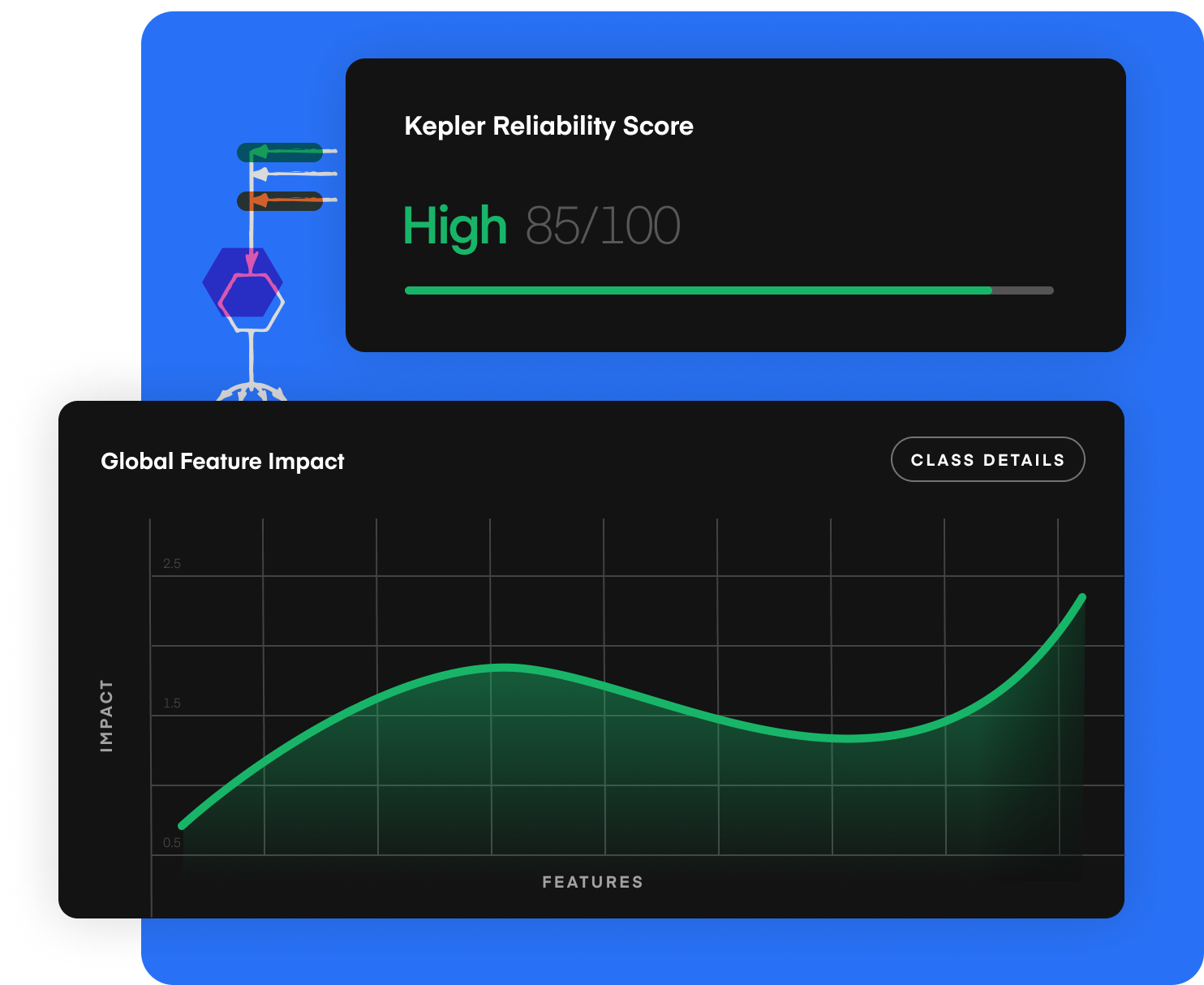

Reclame Aqui
FEATURED WHITEPAPER
Evolution of AI Accessibily


Want to upskill your AI? We’ve got you:
AI primer on key data science terms and processes
Applied AI training on how to run a successful AI project
AI roadmap advice
How to pilot AI use cases
